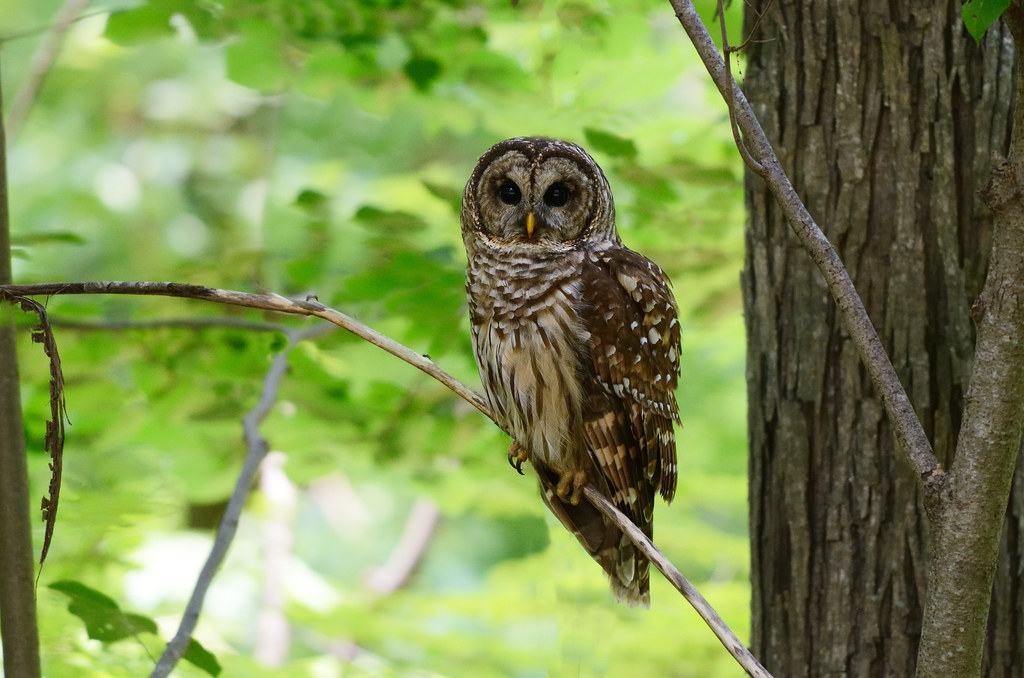All pictures are from moving frogs and salamanders several nights after delineating the vernal pools, all frogs and amphibians being in the Unity area and not near the aforementioned vernal pools. Above, a Wood Frog (Lithobates sylvatica).
Wetlands are vital pieces of land. They are dwindling in number and are used by essentially all wildlife species in some way or another. However, sometimes people need to build within them, destroying habitat. Mitigating this balance is part of the job, and this week, Keel and I surveyed a newly purchased piece of property to determine where to put a new road that would have the least impact on vernal pools on the property.
So, a few details here. Vernal pools are small seasonal pools that fill in the spring and dry out by summer, keeping aquatic predators out. These are vitally useful for frogs and salamanders to breed, so protecting them is of importance. The road in question would be going into Togus Pond to a boat launch to be constructed by MDIFW to allow access to the pond. This would involve cutting through this newly purchased property, which is riddled with vernal pools, gigantic glacial erratic boulders, and mounding terrain.
Of course, not only are there nature requirements, there are people requirements too. The road has to be easily accessible, have a decent sight-line when exiting (for safety reasons; if one can't see too far down the road, it is easy to imagine how a large truck towing a boat out of the road could cause potential problems with incoming traffic), and be easy to construct. This means that wherever there was a glacial erratic, it would likely impede work, as these boulders are just massive. In addition, the road is on a strong curve, so the sight line is already minimal and can't be shrunk much more. The terrain is also hilly, so more fill will be needed in loping spots than flatter spots.
Spotted Salamanders (Ambystoma maculosus) swimming up a small runoff stream to a breeding pool.
This whole process of trying to decide the best spot to put something is called "delineation", and since it's related to wetlands, it's "wetland delineation". Some of you may have heard this before, and now you know what it means!
We ended up lucking out to some degree; right near the area of the longest sight-line is a slight rise above the vernal pools that travels in the form of a ridge toward the pond, carrying pine trees in a "bridge" of sorts out of the vernal pool area. Glacial erratics were minimal, slopes were relatively constant, the sight-line was good, and access was doable. We found our spot!
Blue-spotted Salamanders (Ambystoma laterale) being moved across a road in Unity.
















































